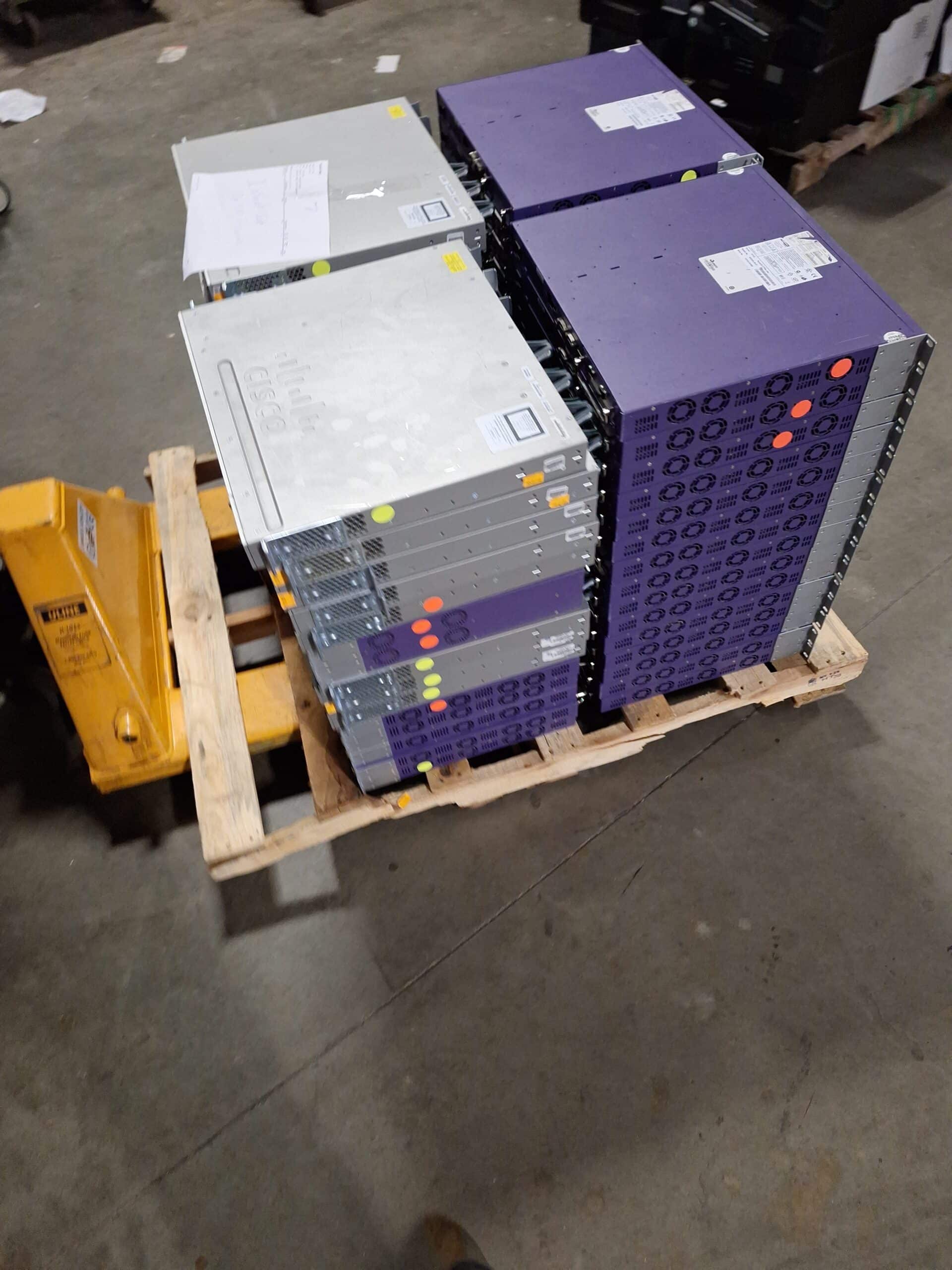As technology advances at breakneck speeds, the amount of electronic waste—or e-waste—generated by companies continues to rise. E-Waste Disposal can include anything from outdated laptops and printers to old smartphones and tablets.
If not disposed of properly, e-waste can be hazardous to the environment, so it’s important for companies to have a plan for e-waste disposal. Here are some best practices for enterprise e-waste disposal.

1. Develop an E-Waste Disposal Policy
The first step in implementing a successful e-waste disposal program is to create a policy that outlines how e-waste will be managed. This policy should include guidelines for how e-waste will be collected, stored, and disposed of and information on how employees can participate in the program.
It should also specify who is responsible for managing the program and what steps will be taken to ensure that e-waste is disposed of in an environmentally-friendly manner.
2. Train Employees on Proper Disposal Techniques
Once you’ve created an e-waste disposal policy, it’s important to educate your employees on how to dispose of electronic waste properly. This should include information on what types of e-waste can be recycled, where to drop off e-waste, and how to handle and transport e-waste safely.
Providing this training will help ensure that everyone in the organization is on the same page when it comes to e-waste disposal.
3. Partner with a Reputable E-Waste Recycler
To ensure that your e-waste is disposed of safely and responsibly, it’s important to partner with a reputable e-waste recycler.
Look for a recycler certified by a recognized organization, such as the Basel Action Network (BAN) or the Responsible Recycling (R2) Standard. These certifications indicate that the recycler follows best practices for e-waste disposal, including proper handling, storage, and disposal of hazardous materials.
4. Use Secure Data Destruction Methods
Before disposing of any electronic devices that may contain sensitive information, such as hard drives or smartphones, it’s essential to make sure that all data has been securely erased. This can be done using software that overwrites data multiple times, rendering it unreadable.
Another option is to physically destroy the device, either by shredding it or using a device that physically crushes it. Make sure to keep records of all data destruction activities for compliance purposes.
5. Implement a Tracking System
To ensure that e-waste is disposed of properly, it’s crucial to implement a tracking system that monitors the entire e-waste disposal process. This can include tracking the movement of e-waste from collection to disposal and documenting the waste’s final destination.
By implementing a tracking system, you can ensure that your e-waste is being disposed of in a responsible and compliant manner.
6. Consider Refurbishing or Donating Still-Functional Devices
Not all electronic devices need to be disposed of — some may still have life left in them. Consider refurbishing or donating still-functional devices to schools, nonprofit organizations, or other groups in need. This can help reduce the amount of e-waste your organization generates while also giving back to the community.
Final Thoughts
Managing e-waste disposal is important not only for the environment but also for the reputation of your company. By implementing these best practices for enterprise e-waste disposal, you can ensure that your organization is doing its part to minimize its impact on the environment while also complying with regulations and data security.
For more information on e-waste disposal, work with us at Beyond Surplus. Our solutions include convenient, secure, and cost-effective IT equipment disposal & electronics recycling. Message us today for more information.


